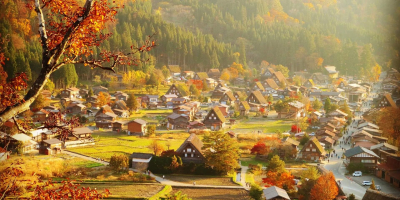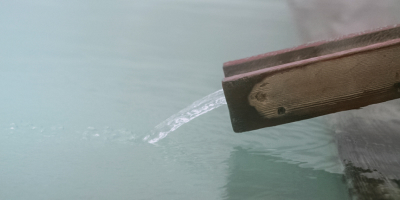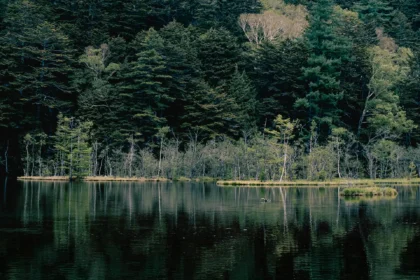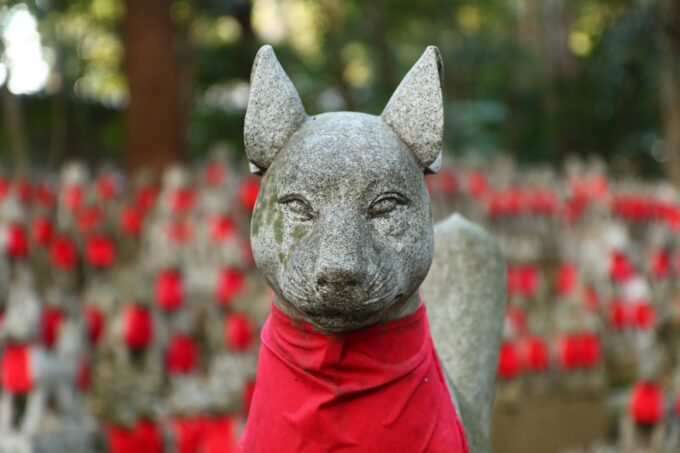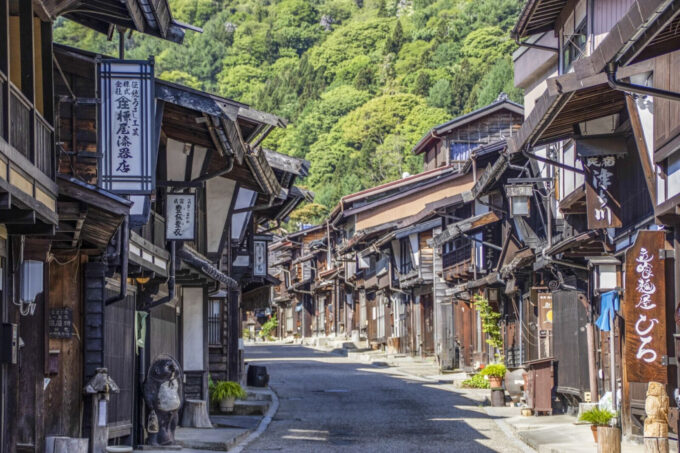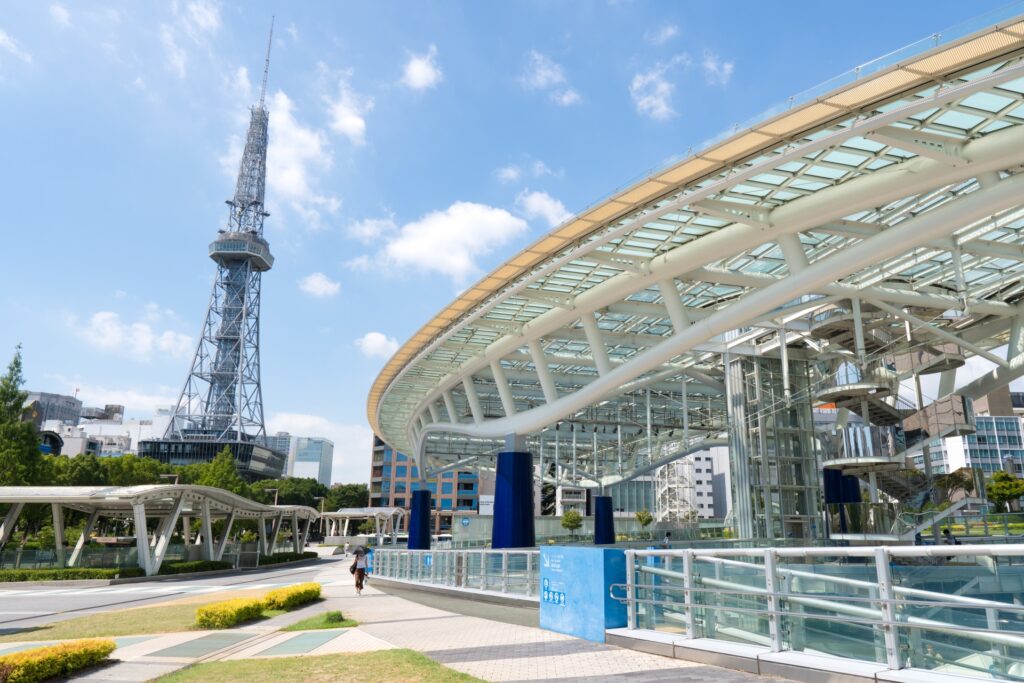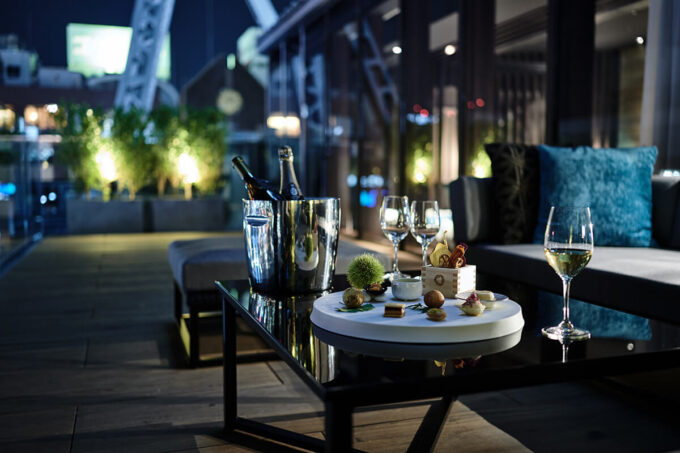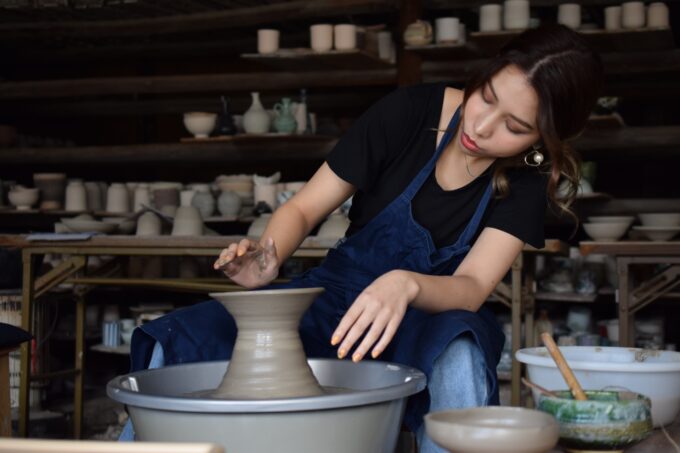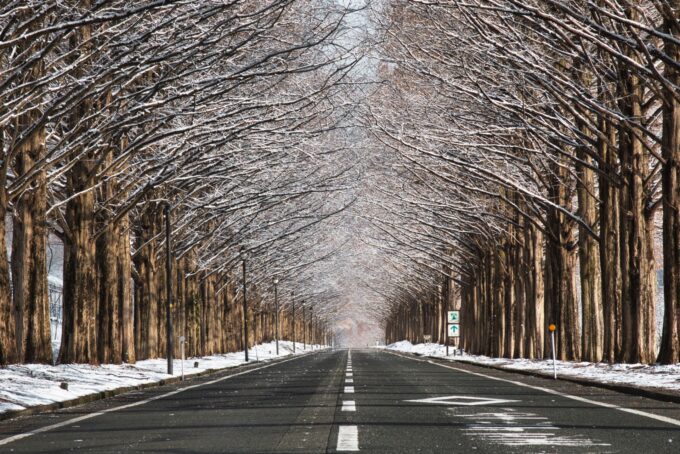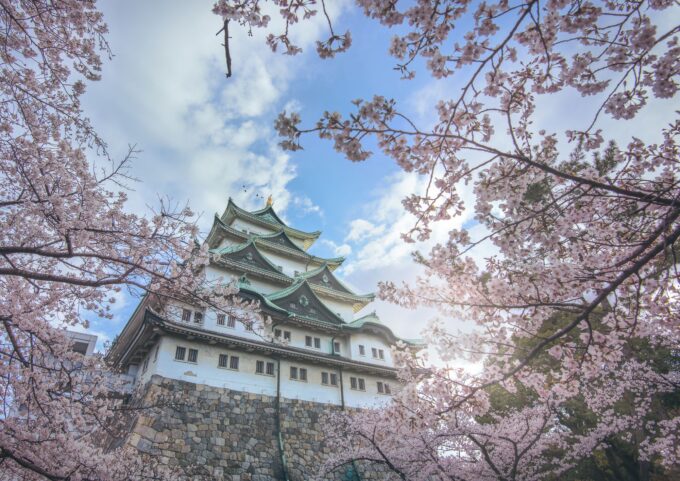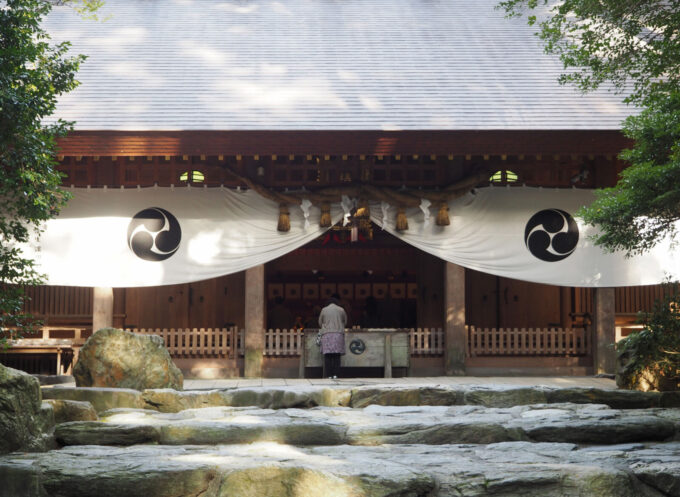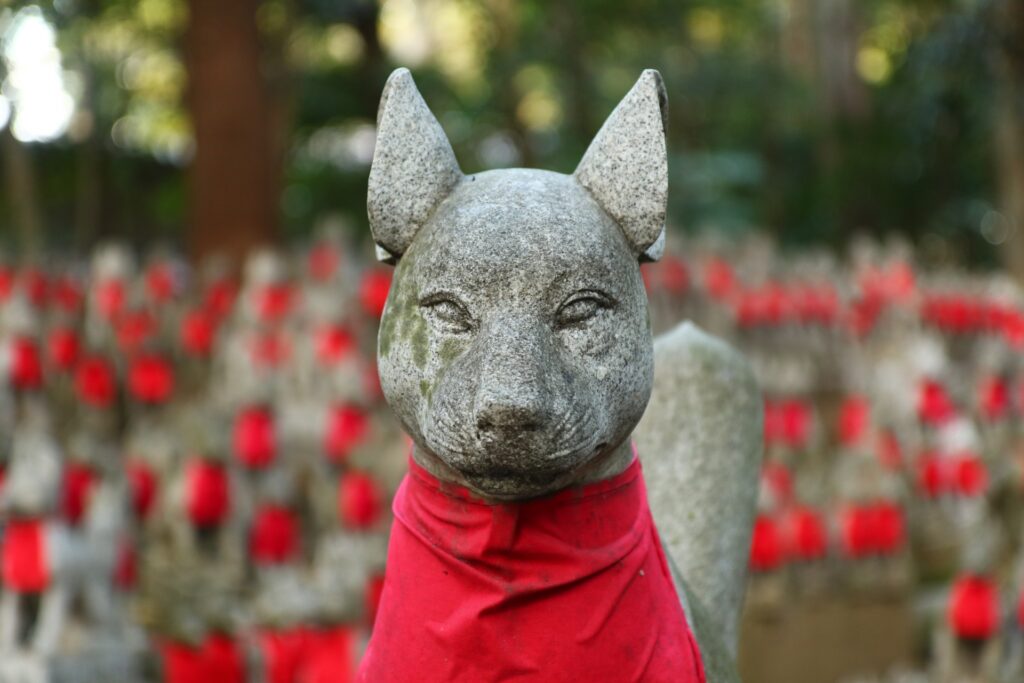
Located just a short distance from Nagoya, Toyokawa Inari is renowned for its religious significance and the thousand stone foxes that adorn the grounds. Though Toyokawa Inari is considered one of Japan’s "Big Three" Inari shrines, alongside Fushimi Inari Taisha in Kyoto and Yutoku Inari Shrine in Saga, its not actually a shrine at all.
A Brief History of Toyokawa Inari
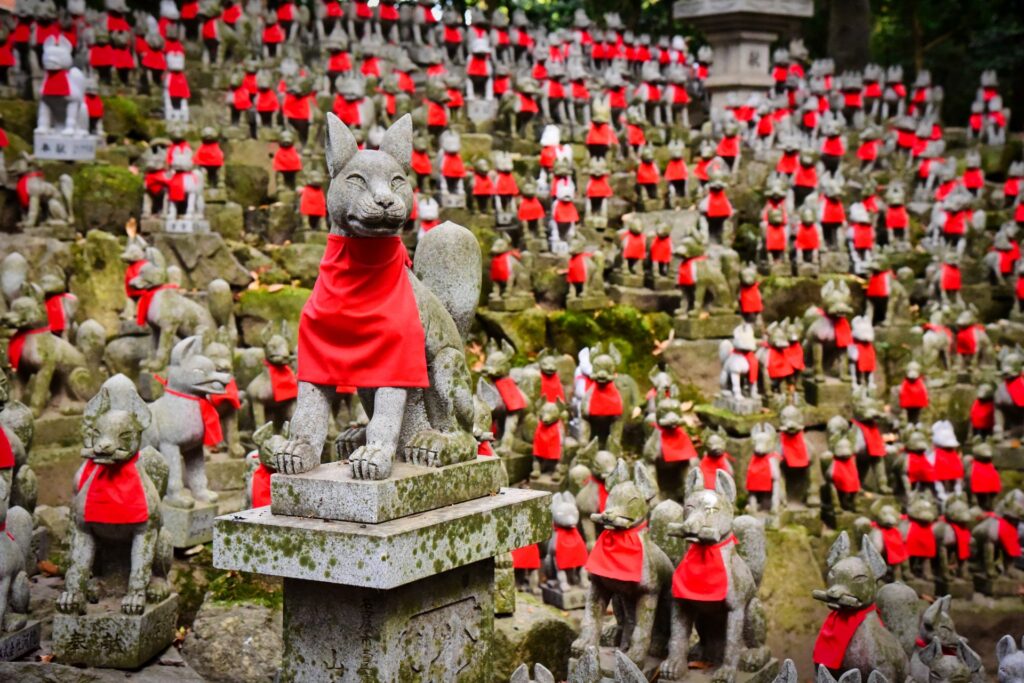
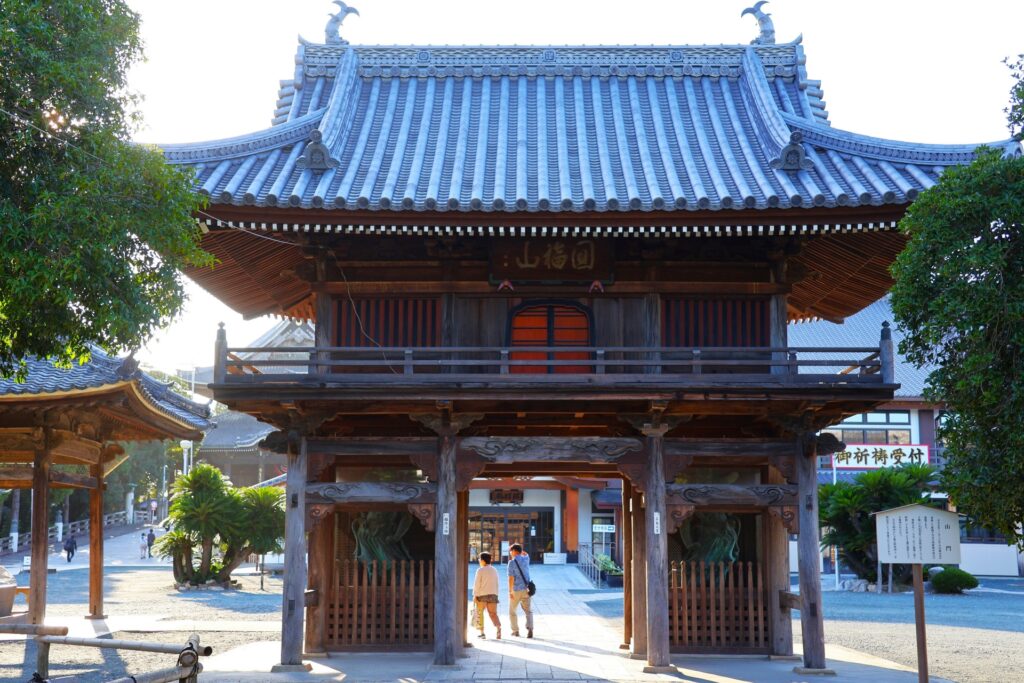
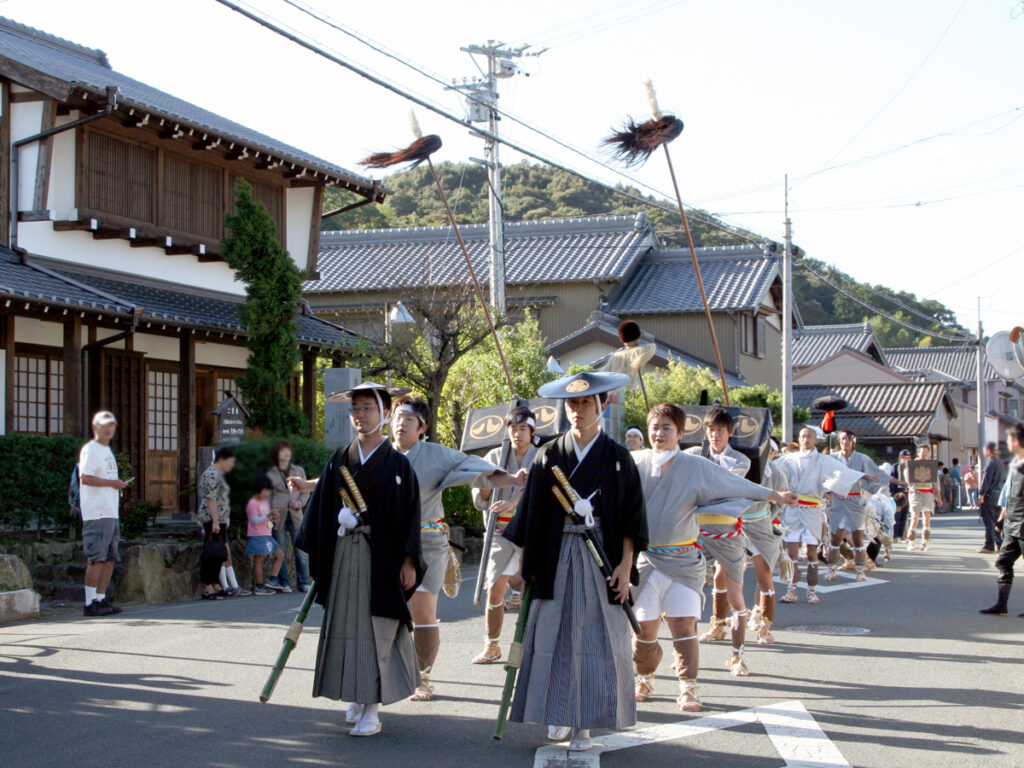
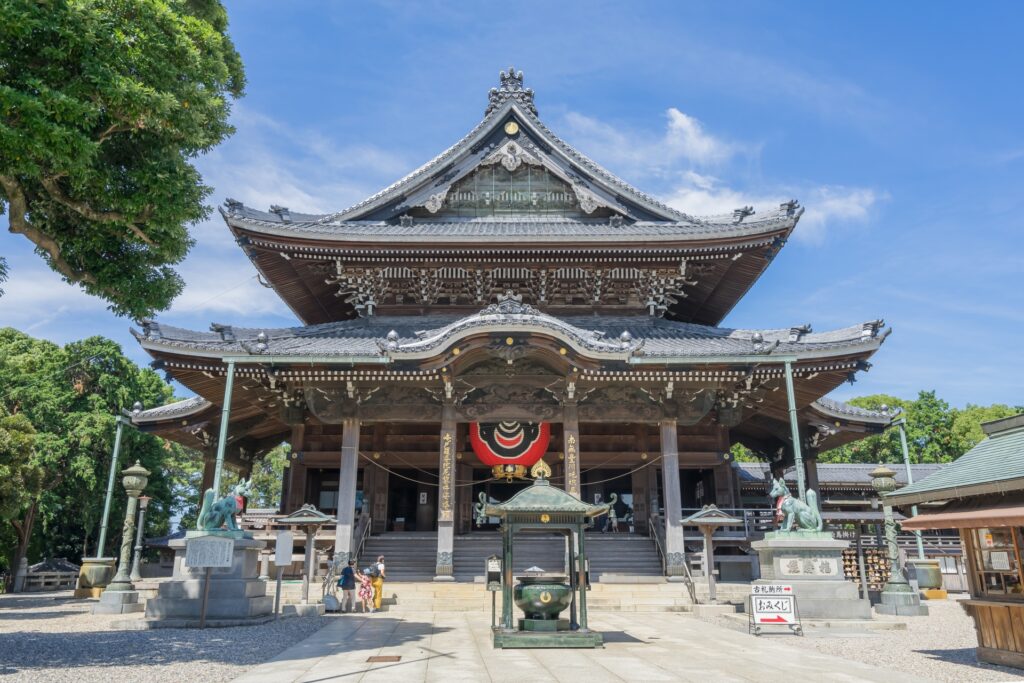
- Founded in 1441 by the monk Tokai Gieki, the origin story involves the protective goddess Dakiniten, appearing atop a white fox
- Survived the Meiji-era separation of Buddhism and Shinto (Shinbutsu Bunri)
- Originally established as a Soto Zen temple: Myogonji
- Official name: Enpukuzan Toyokawa Kaku Myogonji
- Common name: Toyokawa Inari
Toyokawa Inari was built during the late Muromachi period under the vision of Tokai Gieki, who brought back sacred statues of Dakiniten and Kannon from Kyushu. Inspired by his ancestor’s divine encounter with Dakiniten during a voyage in 1267, Gieki enshrined the deity on the temple grounds. Over time, the temple developed a reputation for protecting its followers, especially merchants and warriors.
Prominent historical figures such as Tokugawa Ieyasu, Oda Nobunaga, Toyotomi Hideyoshi, and Daimyo Imagawa Yoshimoto were known to have visited this temple. By the Edo period, Toyokawa Inari became a pilgrimage site for samurai and commoners alike.
Inari and Foxes
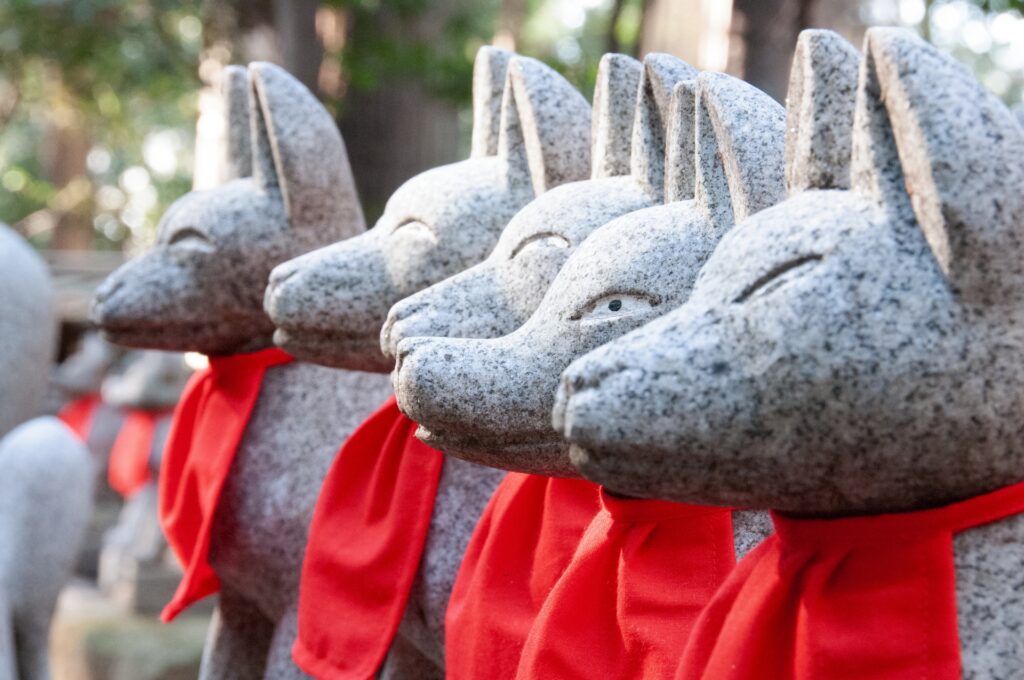
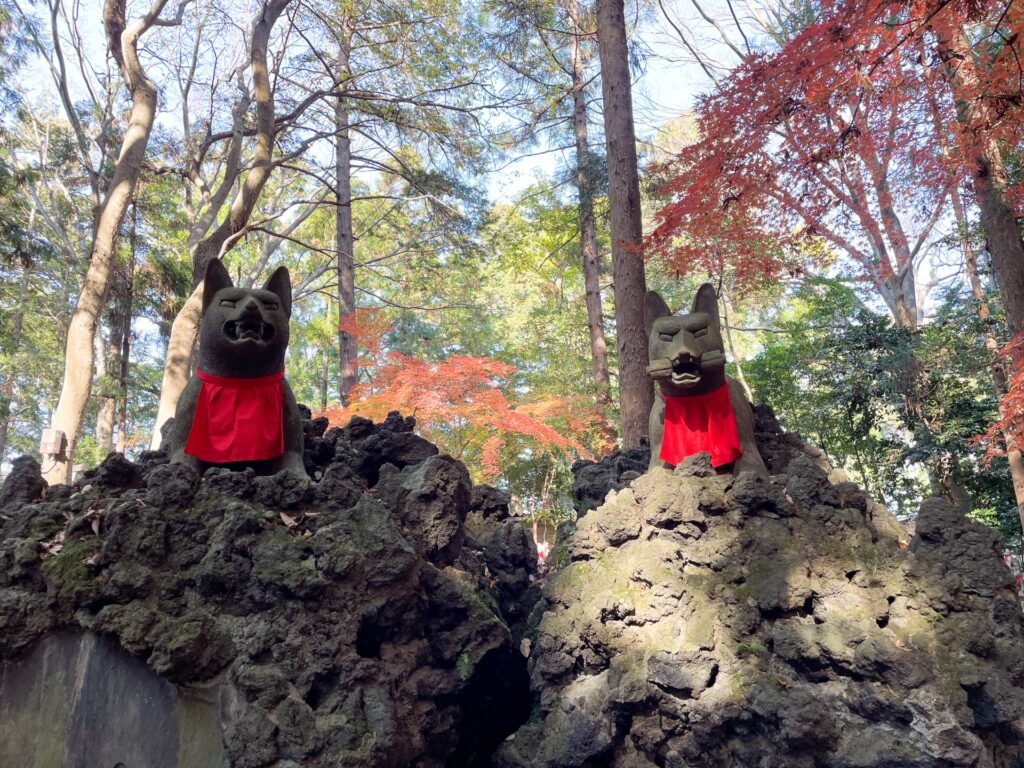
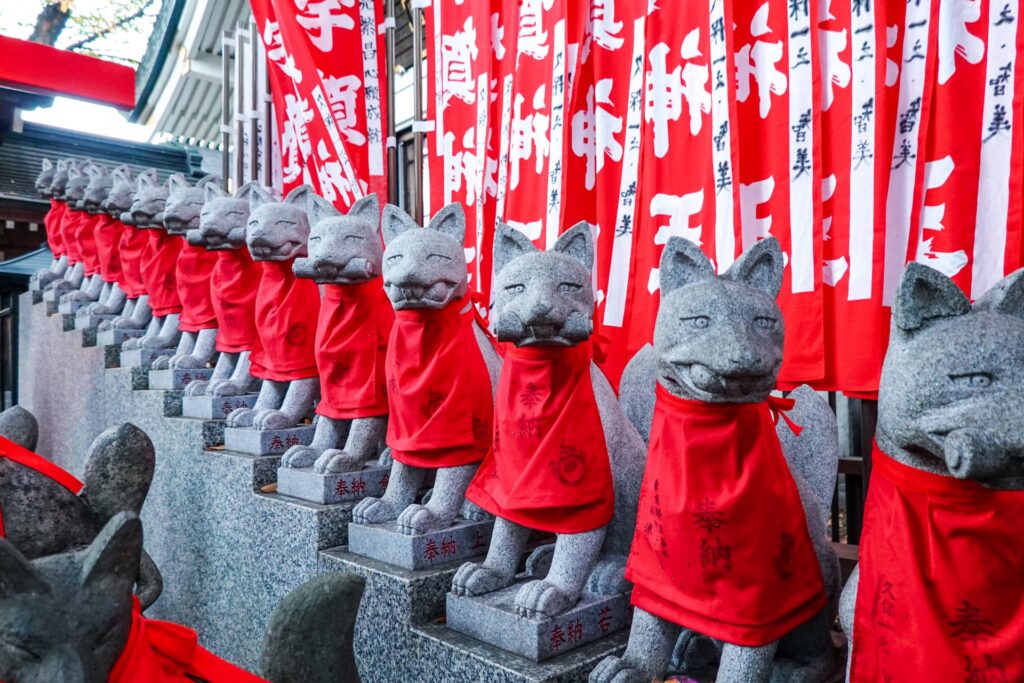
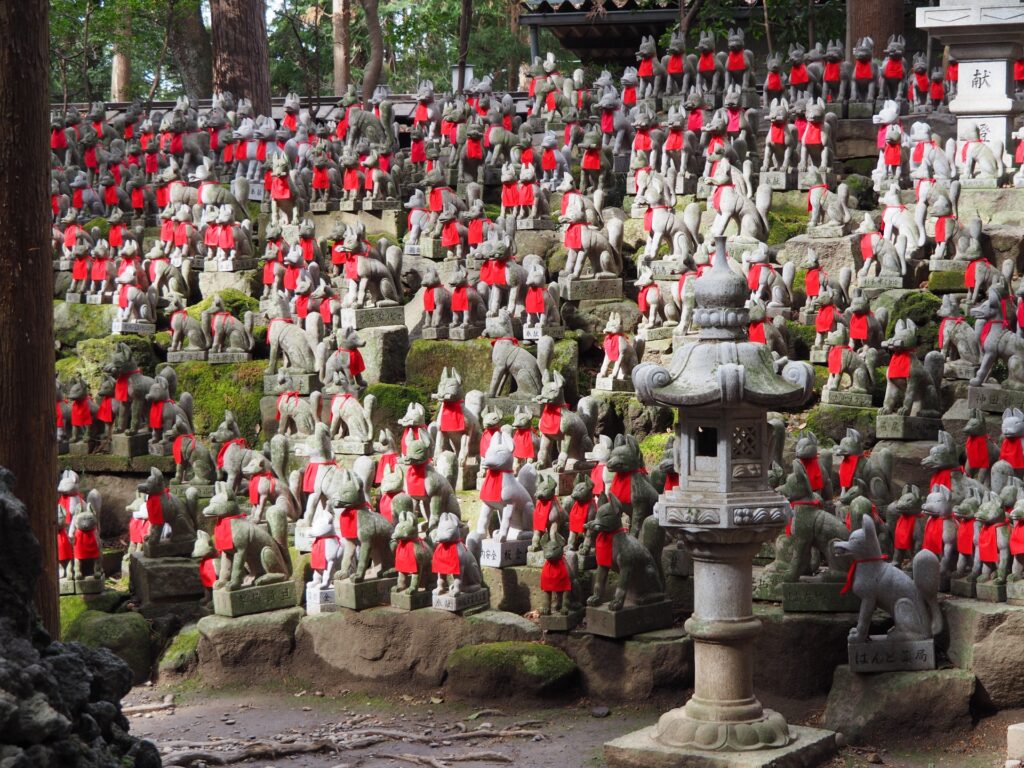
Inari shrines are perhaps the most recognizable of all shrines in Japan due to their bright red torii gates and the presence of fox statues. Inari shrines are closely associated with foxes (kitsune) due to a combination of Japan’s agricultural history and religious symbolism.
While many travelers often mistakenly identified foxes as deities themselves, in traditional Shinto theology they are regarded as the divine messengers of Inari Okami, the kami of rice, agriculture, fertility, industry, and prosperity.
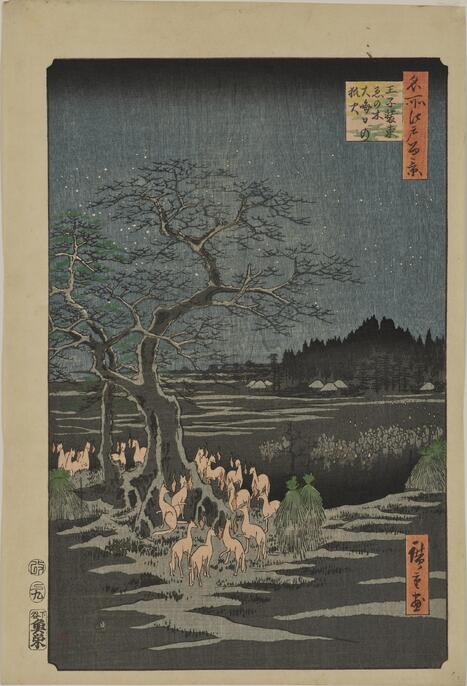
Foxes have long been present in rural areas of Japan, particularly in rice paddies and farmlands. Their frequent appearances in such spaces likely contributed to their symbolic representation of Inari Okami. Over time, farmers would have naturally associated these animals with the fertility of the land, and therefore foxes came to be viewed not just as animals of the field but as spiritually significant beings tied to the divine forces who blessed those fields.
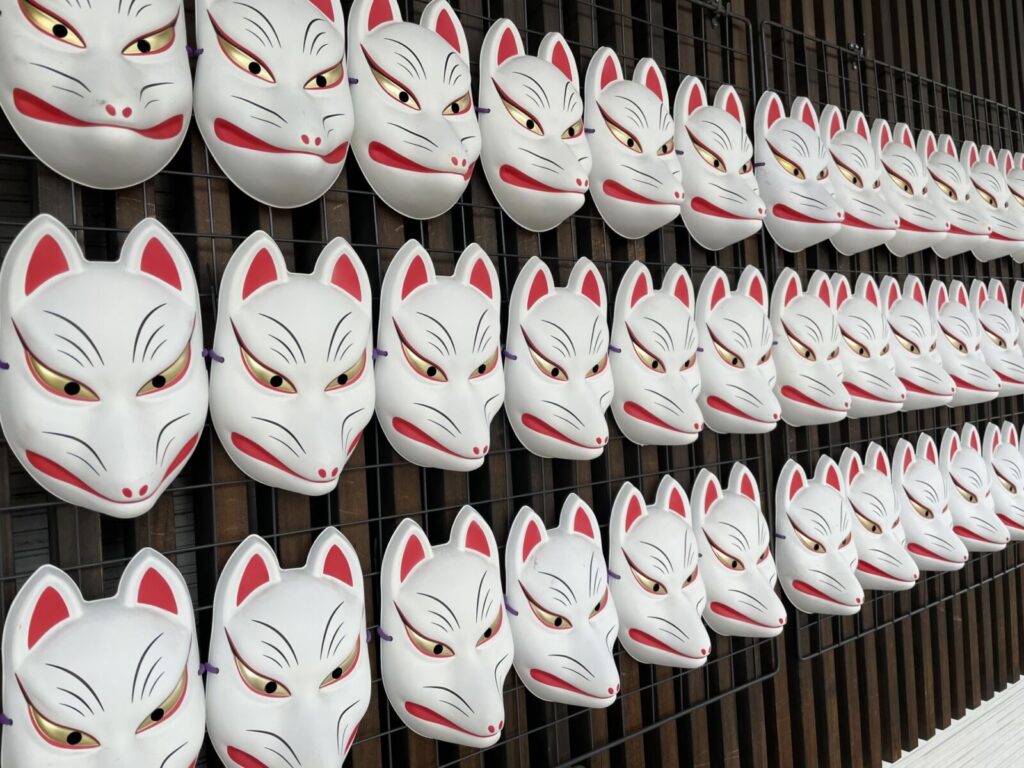
In Japanese folklore, foxes are also considered yokai, supernatural beings capable of extraordinary feats. Kitsune are believed to possess powers such as shapeshifting, often into beautiful human women, and the ability to possess humans—an affliction known as kitsune-tsuki. These imaginary magical qualities turned foxes into a natural intermediary between the human world and the divine world. And their supposed ability to move between the known and the unknown made foxes ideal figures to serve as messengers of a powerful deity like Inari Okami.
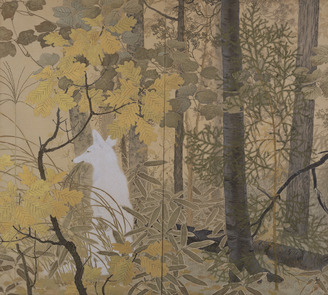
While Inari Okami is a Shinto deity of rice, fertility, and prosperity, Dakiniten, a Buddhist counterpart and the god enshrined at Tokyokawa Inari, shares many of the same associations and is often depicted similarly: a celestial being riding a white fox, holding a jewel and a bundle of rice. In Japanese Buddhism, foxes are not only messengers but also a symbol of Dakiniten’s spiritual presence and protection.
Toyokawa Inari’s grounds are filled with over a thousand stone fox statues dressed in red bibs. As you walk through the grounds, you may notice that many of the statues hold objects in their mouths or at their feet including Keys (representing the unlocking of rice granaries), Jewels (symbolizing wish fulfillment), and scrolls or rice sheaves (associated with wisdom and agriculture).
Toyokawa Inari and Inari-zushi
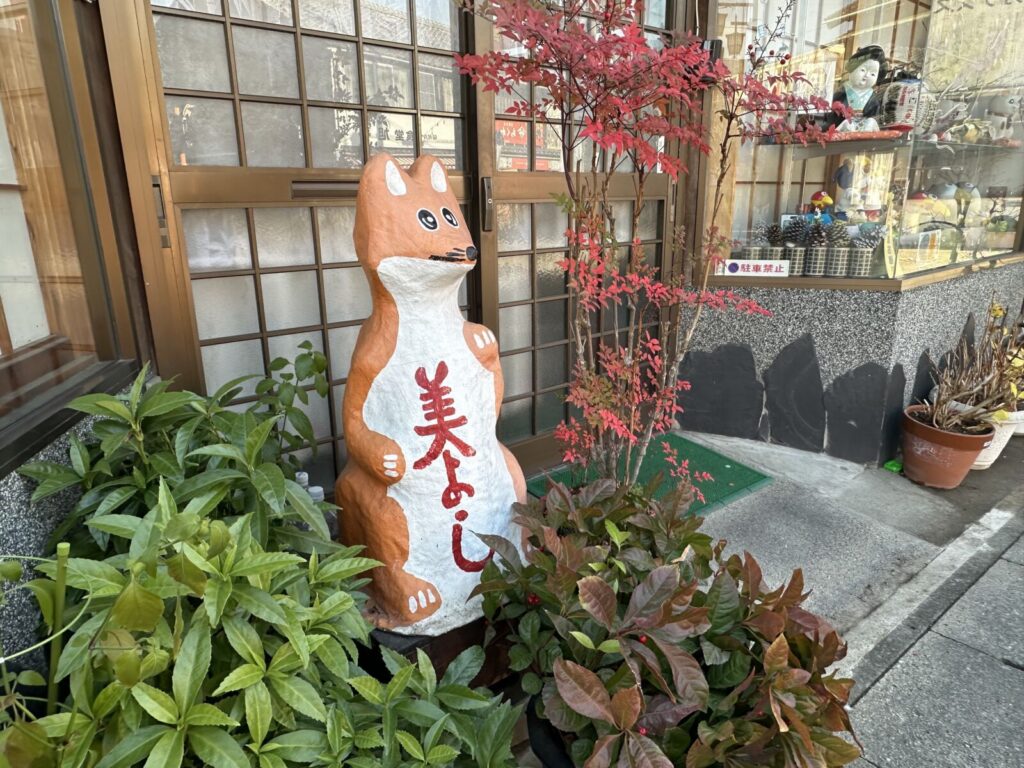
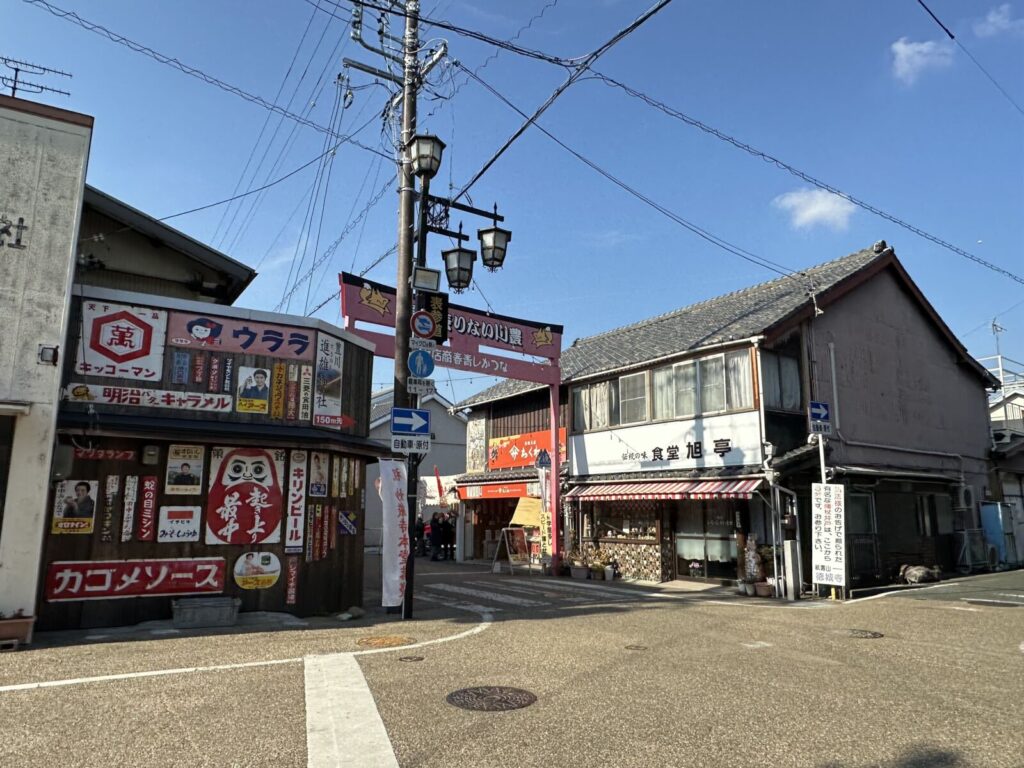
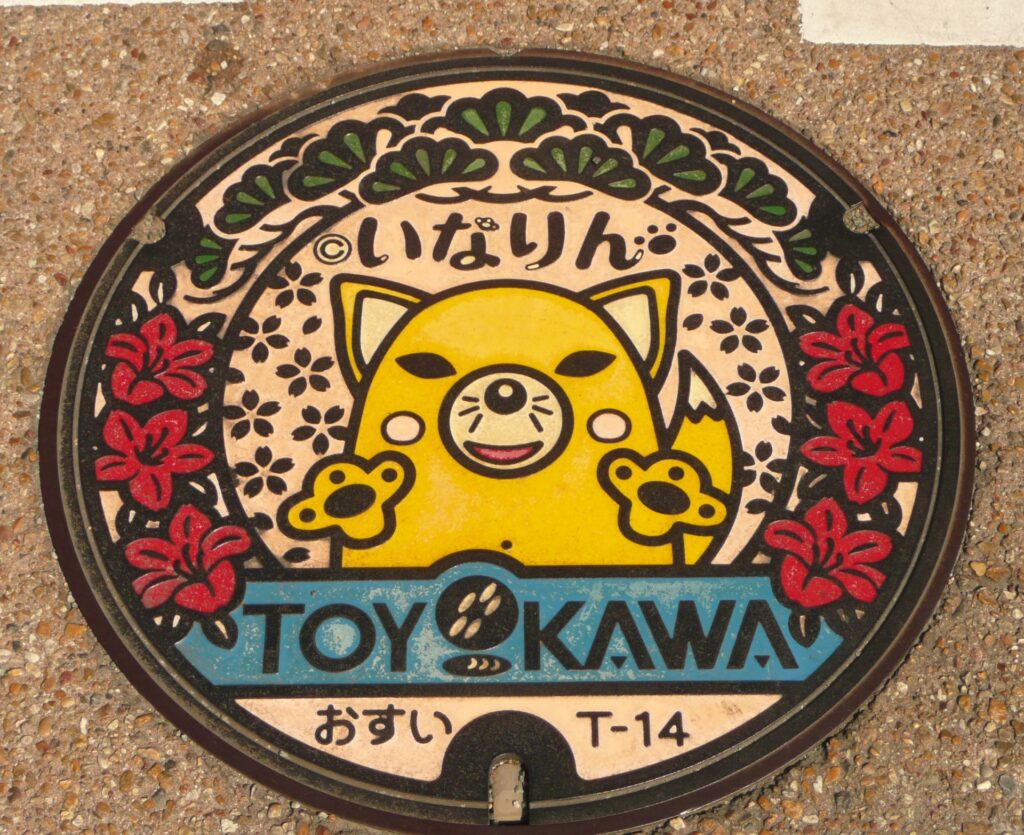
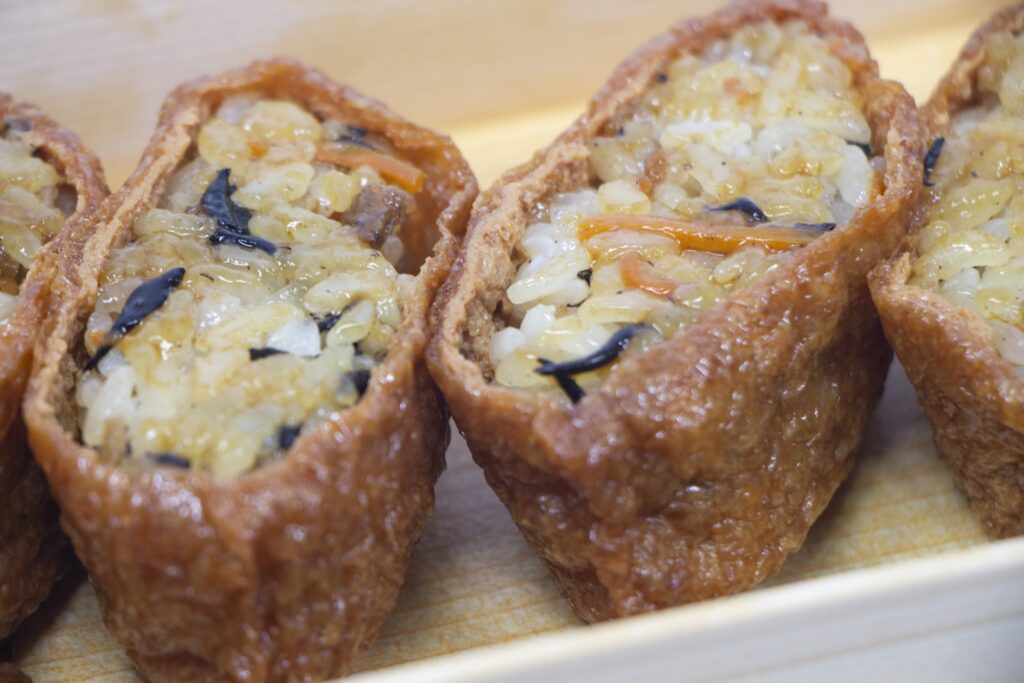
One of the most cherished aspects of Toyokawa Inari is its link to Inari-zushi, a beloved Japanese dish made from fried tofu (abura-age) filled with vinegared rice.
The dish is believed to have originated in Toyokawa during the late Edo period. Today, many shops in front of the temple on Omotesando shopping street offer both traditional and creative variations of Inari-zushi. And on the 17th of every month, the town celebrates Inari-zushi Day with local events and a food festival.
How to Get to Toyokawa Inari
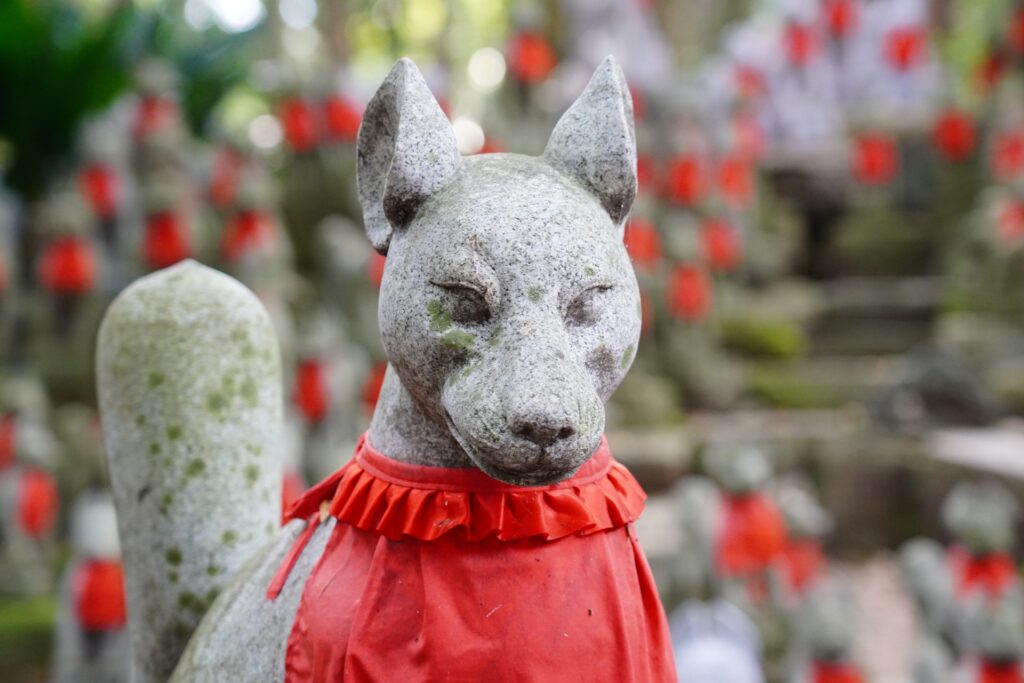
To reach Toyokawa Inari, travel to Toyokawa Station, which is served by both the JR Iida Line and the Meitetsu Toyokawa Line. From Nagoya, the most convenient route is to take a JR train on the Tokaido Main Line to Toyohashi Station, then transfer to the JR Iida Line or Meitetsu Line for Toyokawa.
Once you arrive at Toyokawa Station, the shrine is approximately a 5 to 10-minute walk from the station’s south exit. Signage in both Japanese and English will guide you from the station to the entrance of Toyokawa Inari Temple, officially known as Myogon-ji.
If you are coming from Tokyo, you can take the Tokaido Shinkansen to Toyohashi Station, then follow the same transfer steps. The total travel time from Tokyo is around 2 to 2.5 hours, depending on the type of Shinkansen you choose.
Due to the time and number of transfers, it is recommended to visit Toyokawa Inari with a tour operator for ease of transportation and the added benefits of a professional guide.
Recommended Tour: Snow Monkey Resort's 1-Day Tour from Nagoya: Korankei Gorge & Fox Shrines—A Photographer's Paradise is not only a photographer’s dream, taking you to some of Nagoya’s most photogenic spots, but also offers a perfect blend of nature, culture, and timeless beauty.
Travel to the iconic Toyokawa Inari Shrine and capture the serene beauty of its one thousand stone foxes. Marvel at the natural beauty of Korankei Gorge, one of Japan’s top spots for autumn foliage, where the vibrant colors of over 4,000 maple trees reflect off the tranquil waters. Explore Sanshu Asuke Yashiki Village, a picturesque open-air museum, where rural charms and traditional crafts await.
Of course, we also offer private tours and transport in and around the Nagoya area, and other regional destinations. We can also arrange for both custom tours with an English-speaking guide or a private charter.
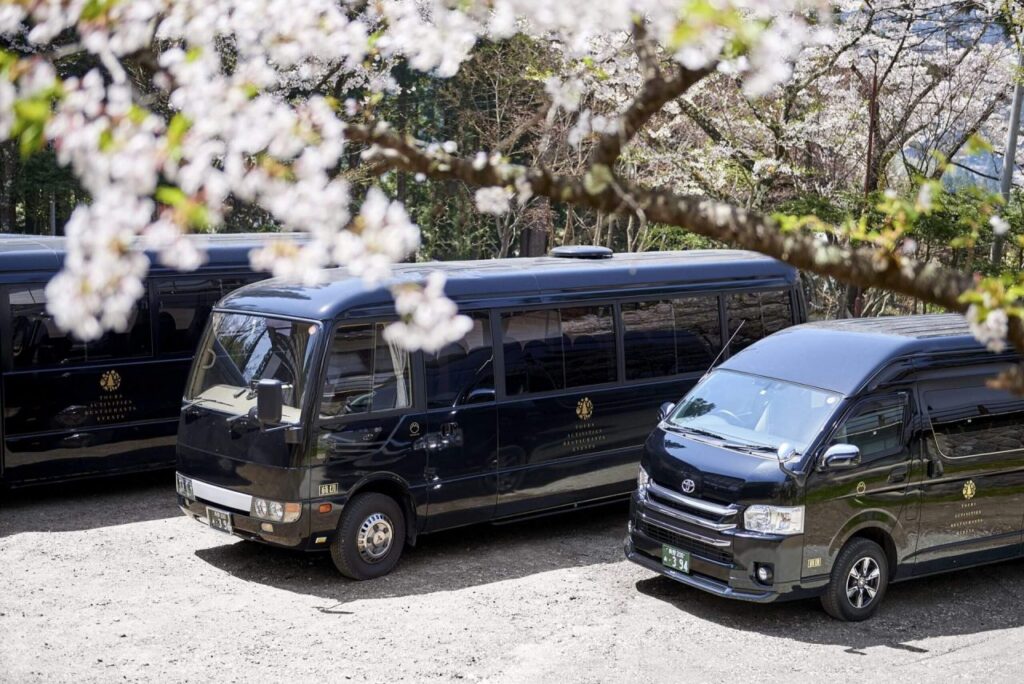
Our drivers and vehicles are fully certified, allowing us to transport you to and from your preferred destinations in combination with any activity that suits your schedule. All vehicles are well-maintained and in good condition, allowing you to relax and enjoy your ride to wherever you are going.
With door-to-door service, we can pick you up from where you are and take you to where you want to go anywhere in Central Japan and the neighboring regions.
For more information, please check our standard charter rates or contact us for a custom trip. We’d love to be part of your adventure in Central Japan and help you discover even more!
Frequently Asked Questions (FAQ)
Is Toyokawa Inari a shrine or a temple?
It is a Soto Zen Buddhist temple, although it’s often referred to as a shrine due to its fox imagery and name. It enshrines the Buddhist deity Dakiniten, not the Shinto Inari god.
Why are there so many fox statues at Toyokawa Inari?
The foxes (kitsune) are messengers and guardians of Dakiniten and symbolize protection, prosperity, and divine communication. Each statue carries unique symbolic items.
When is the best time to visit Toyokawa Inai?
The 17th of each month is ideal, coinciding with Inari-zushi Day, but spring and autumn offer the most beautiful seasonal views.
Is the Toyokawa Inari wheelchair accessible?
Most of the main grounds are flat and accessible, though certain older or narrow pathways may be challenging.
Are English tours available at Toyokawa Inari?
We at Snow Monkey Resorts are proud to offer an English-guided tour of Toyokawa Inari and the nearby Korankei Valley.
Additional Tips for Visiting
- Try the regional Inari-zushi variations—you’ll find everything from yuzu-flavored rice to seasonal toppings.
- Look out for the hidden kettle said to have belonged to a fox spirit named Heihachi, found in the temple’s inner hall.
- Don’t miss the stone torii gate, a rare surviving relic from the late Edo period.






